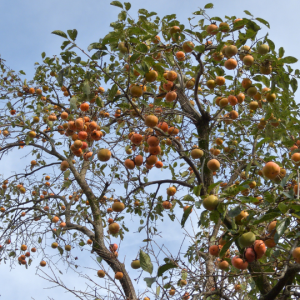
Morus alba 'Pendula'
Weeping mulberry
A fast-growing, weeping deciduous tree that has luscious green foliage.
Additional Information
Information | Details |
|---|---|
Botanical Name | Morus alba ‘Pendula’ |
Common Name | Weeping mulberry |
Also Known As | Weeping mulberry |
SA Tree No | |
Tree Type | Deciduous |
Attracts | Birds, Butterflies |
Features | |
Flowering Season | Summer |
Focal | Yes |
Fragrant | No |
Frost Tolerance | Hardy |
Fruiting Season | Spring |
Growth Rate | Fast >500mm |
Minimal Leaf Shedding | No |
Origin | Exotic |
Soil pH | |
Root System | Aggressive |
Soil Type | Loam, Clay |
Suitable Garden Size | Small, Medium, Large |
Suitable Planting Area | Full Sun |
Fruit, Citrus & Nut Trees Pricing
Bag Size | Price Range Incl. VAT |
|---|---|
4L / 5L
| NA
|
7L / 10L
| R40-R400
|
20L
| R300-R500
|
50L
| R600-R800
|
100L / 200L
| R900-R2000
|
Description
The Weeping mulberry tree has an exquisite, twisted form with weeping branches making it a fantastic feature tree in any garden landscape. It can be planted in large containers and used as a household plant.
Morus alba needs tons of sunlight and can be planted in loamy, clay soil. It bears small fruit that looks similar to blackberries during Spring.
- Tolerates temperatures as low as -31°C
- Estimated height: 4.5m
- Estimated width: 2.5-4.5m
- Planting distance: 3-9m
- Fairly drought-resistant
Cultivars: Pendula and Chaparral.
Pollen compatibility: Self-pollinating.
Water requirements: Water moderately.
Fun facts: The weeping mulberry may help reduce cholesterol levels and help fight off fatty liver disease.
















